The Glory of LPGA Honoree Gloria Ehret
May 10, 2022
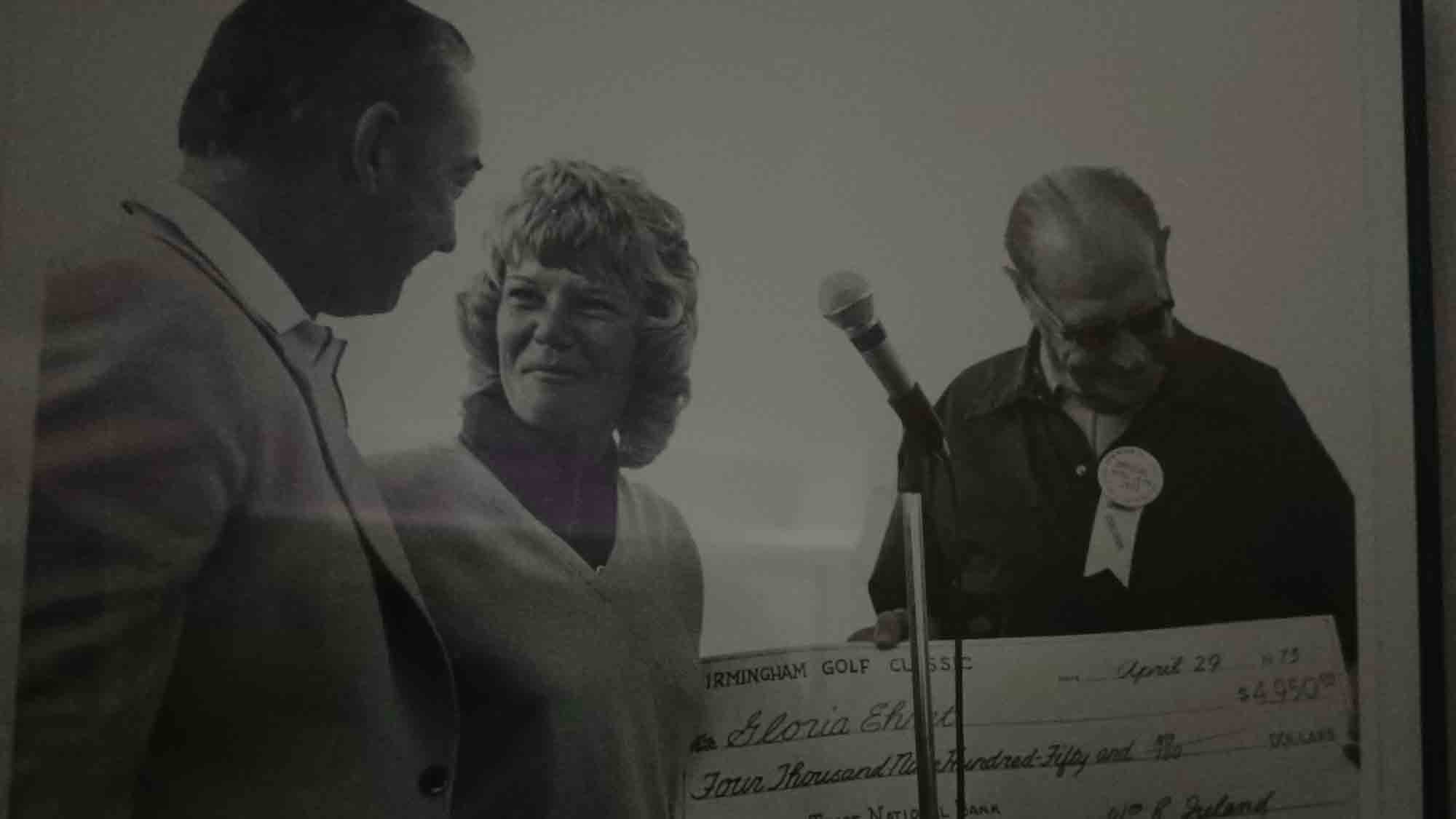
Madison Donley is a senior journalism student at Northwestern University and a member of the Women's Soccer team. She is currently interning at the LPGA.
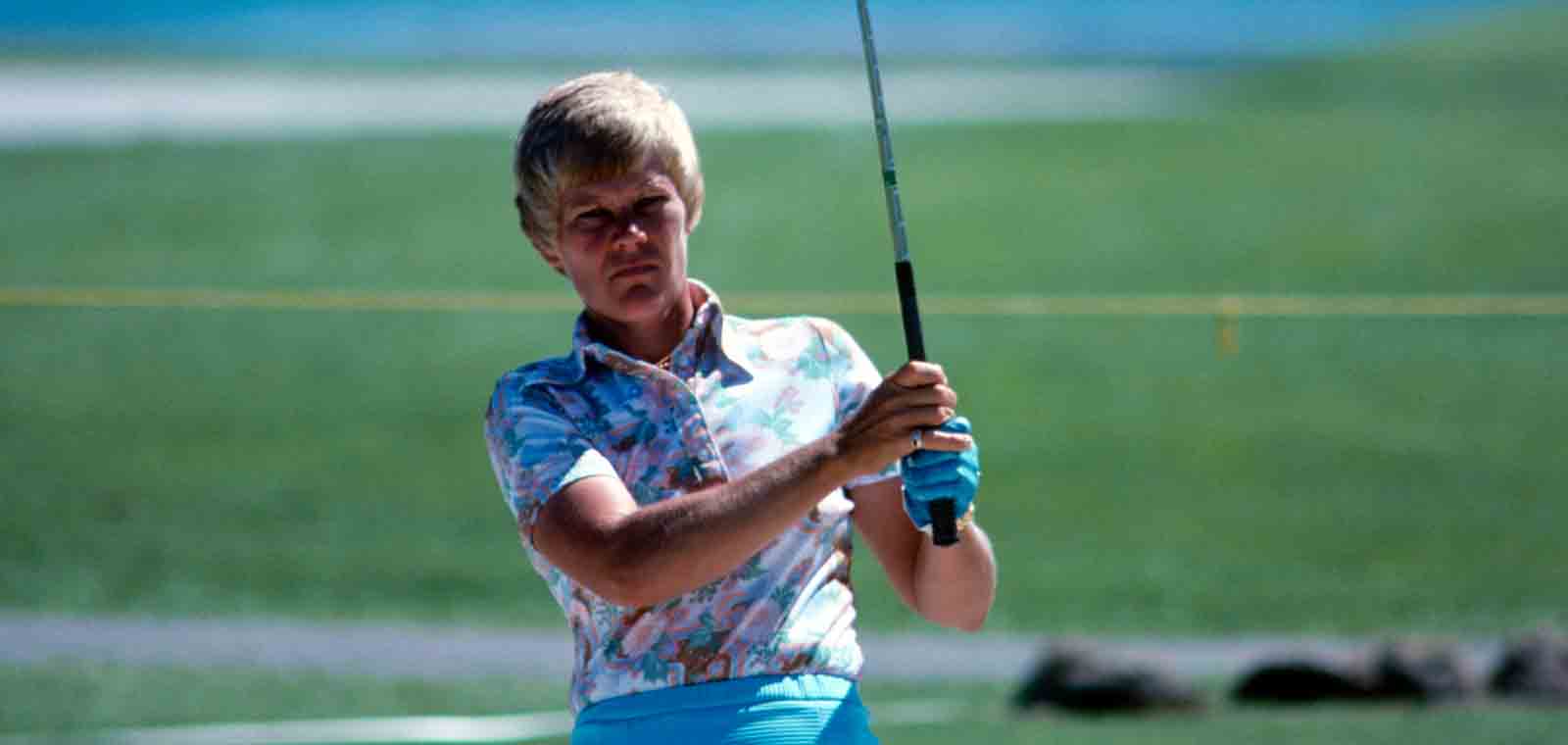
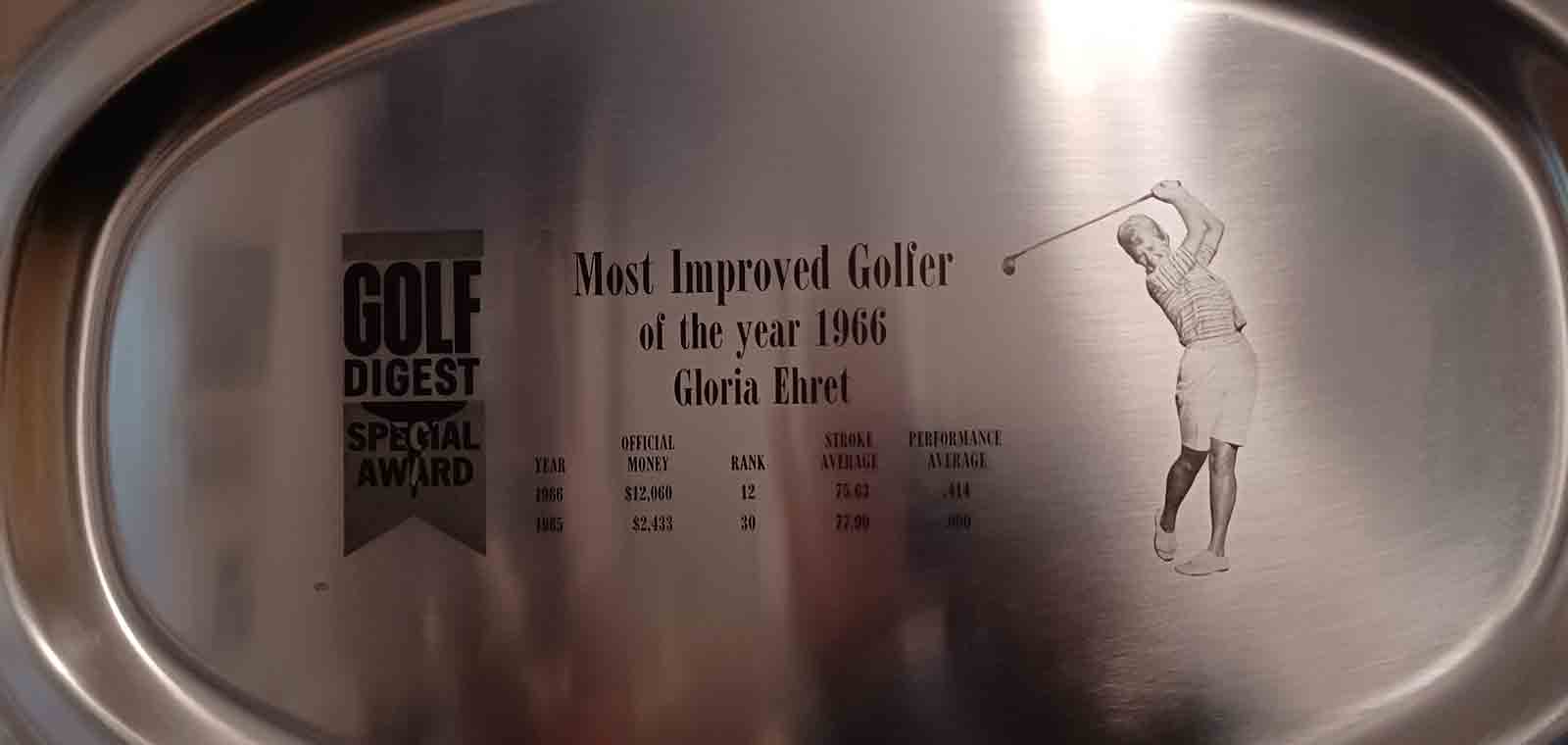
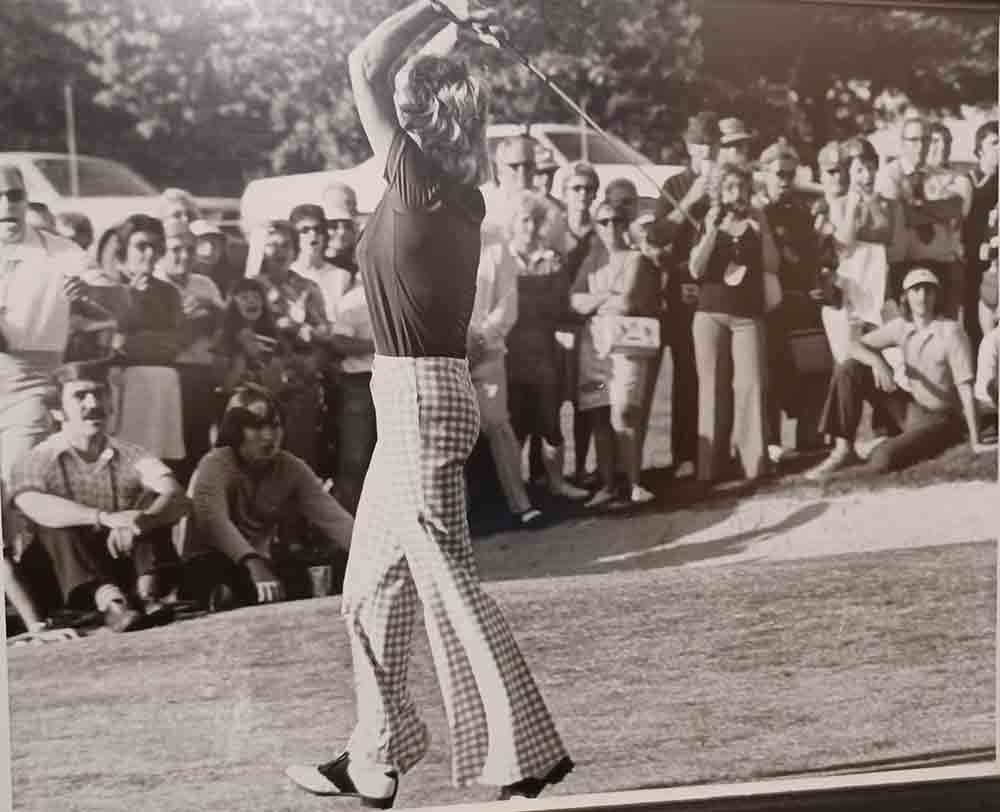
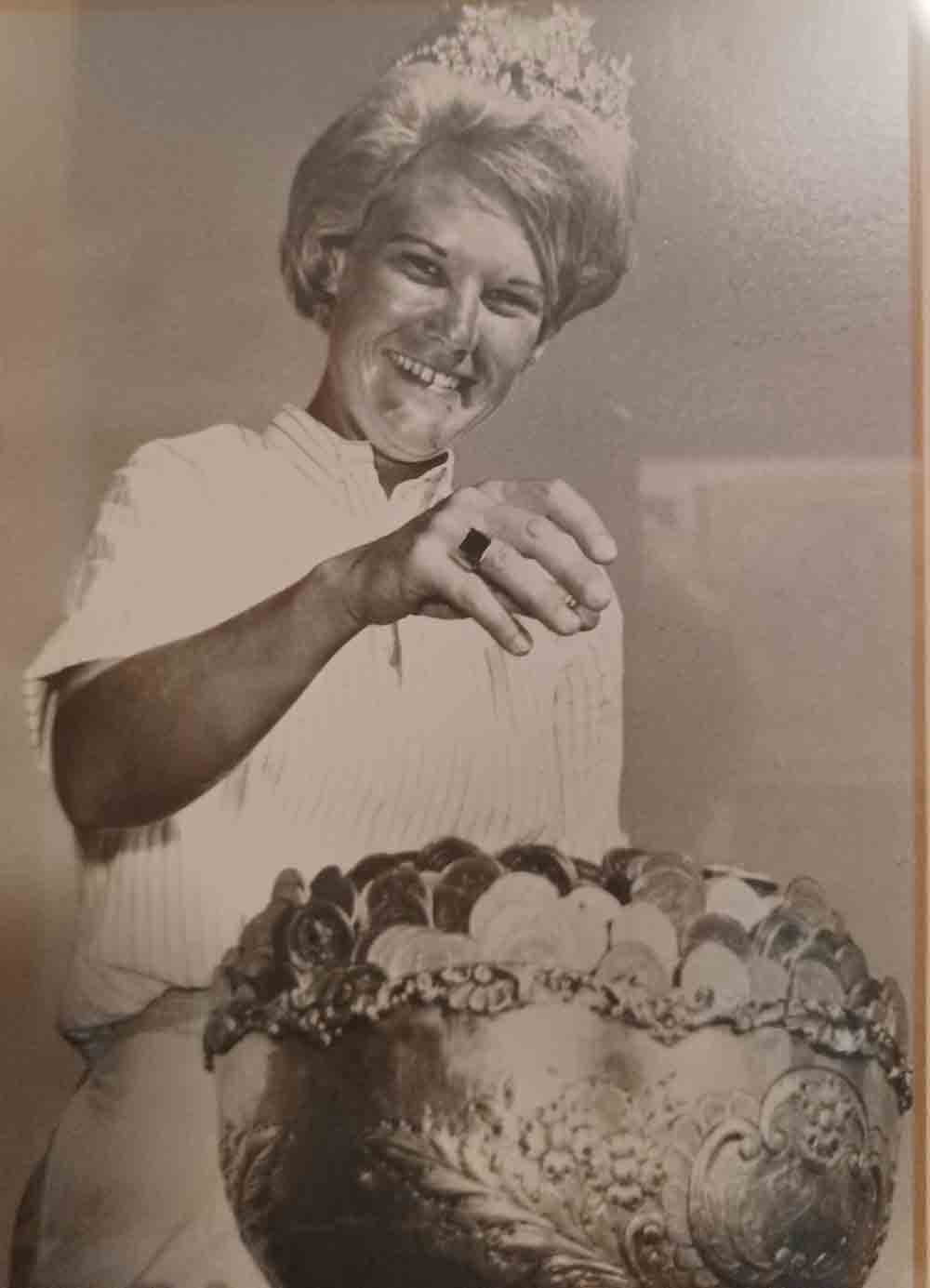
May 10, 2022

Madison Donley is a senior journalism student at Northwestern University and a member of the Women's Soccer team. She is currently interning at the LPGA.



